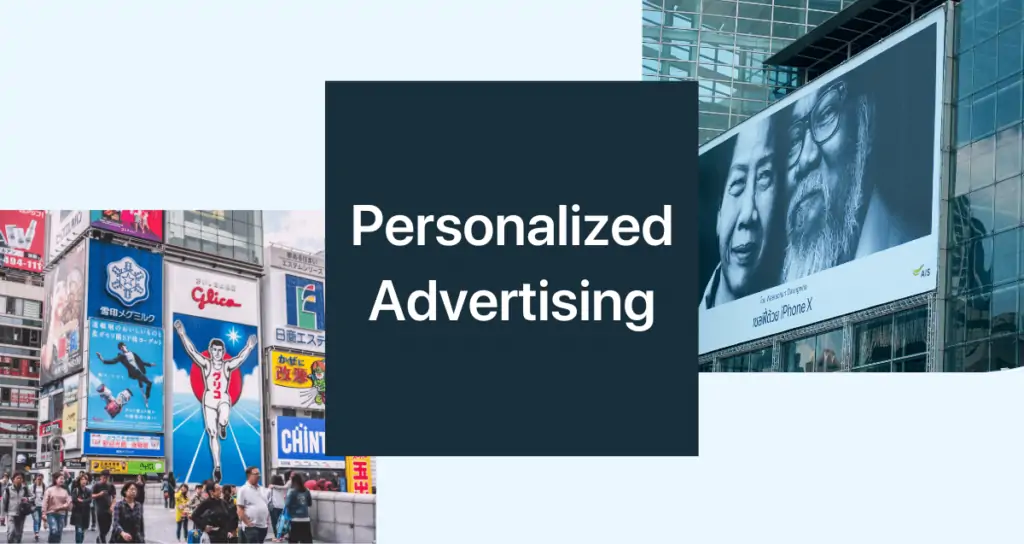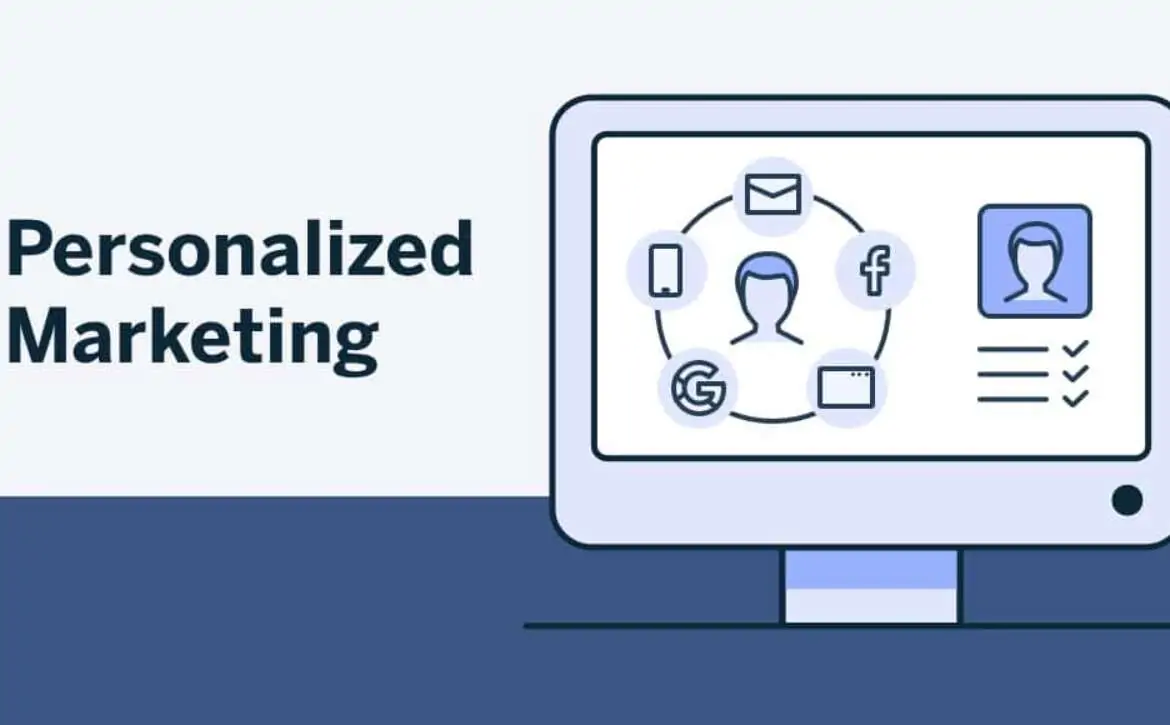Elevating Engagement: The Power of Personalization in Advertising
Personalization in advertising is a powerful strategy that involves tailoring content to align with individual consumer preferences. This comprehensive guide explores the impact of personalization on consumer engagement, effective strategies for implementation, and the challenges and considerations involved. With data-driven insights, dynamic content creation, and the integration of AI, advertisers can elevate their campaigns to create more meaningful and relevant experiences for their audiences. The future of personalization in advertising includes hyper-personalization, voice search optimization, and interactive experiences, making it a crucial element in the ongoing evolution of digital marketing.
Crafting Tailored Experiences
Personalization in advertising involves tailoring content, messages, and overall campaigns to align with the individual preferences, behaviors, and demographics of target audiences. It goes beyond generic messaging, aiming to create a more personalized and relevant experience for each consumer.
In an era where consumers are inundated with a barrage of advertisements, personalization becomes the key to standing out in the crowded digital space. By understanding and catering to the unique needs of each individual, brands can forge a deeper connection and foster brand loyalty.
Forging Deeper Connections
- Increased Relevance: Personalized ads are inherently more relevant to consumers, capturing their attention by addressing specific needs, preferences, or pain points. For example, a sports enthusiast is more likely to engage with an ad showcasing the latest athletic gear.
- Enhanced Customer Experience: Tailored experiences contribute to a positive customer journey, fostering a sense of being understood and valued by the brand. When consumers feel a brand understands them, it not only enhances their experience but also establishes a foundation for long-term relationships.
- Improved Conversion Rates: When consumers feel a connection with an ad due to personalization, they are more likely to convert, whether it’s making a purchase, signing up for a service, or engaging with the brand in other meaningful ways. Personalization increases the chances of turning engagement into tangible actions.

Strategies for Effective Personalization
- Data-driven Insights: Leveraging data analytics to gain deep insights into consumer behavior is foundational to effective personalization. By understanding how audiences interact with content, advertisers can refine and optimize their campaigns. This involves analyzing data points such as browsing history, purchase behavior, and interaction patterns.
- Segmentation: Grouping audiences based on shared characteristics allows for more targeted personalization. Segmentation can be based on demographics, location, interests, or previous interactions with the brand. For instance, a clothing retailer might segment its audience based on preferences for casual or formal wear.
- Dynamic Content: Creating dynamic, adaptable content ensures that the right message is delivered to the right audience at the right time. This can involve showcasing different product recommendations, promotions, or messages based on individual preferences. Dynamic content keeps the advertising experience fresh and relevant.
- AI and Machine Learning: Harnessing the power of artificial intelligence and machine learning enables advertisers to automate and optimize personalization at scale. These technologies can analyze vast datasets to predict consumer preferences and deliver tailored content in real-time. Machine learning algorithms can continuously learn and adapt to evolving consumer behavior.
“This encapsulates the essence of personalization, emphasizing the importance of aligning products or services with individual customer needs and desires.”
-Seth Godin
Balancing Personalization and Privacy
While personalization offers immense benefits, it comes with challenges, particularly concerning consumer privacy. Advertisers must strike a delicate balance between delivering personalized experiences and respecting user privacy. Transparent communication about data usage, robust security measures, and adherence to privacy regulations are paramount.
Maintaining trust is crucial in the era of heightened privacy concerns. Consumers are more willing to share data when they understand how it benefits them and when they have confidence in the brand’s commitment to safeguarding their information.
The Role of Personalization Across Advertising Channels
- Email Marketing: Personalized email campaigns can significantly improve open rates and click-through rates. Tailoring content based on user preferences and behaviors enhances the effectiveness of email marketing. For example, an e-commerce brand may send personalized product recommendations based on past purchases.
- Social Media Advertising: Platforms like Facebook and Instagram provide robust targeting options. Advertisers can personalize ads based on users’ interests, demographics, and online behaviors, increasing the relevance of their campaigns. Social media algorithms also prioritize content that aligns with user preferences.
- Search Engine Marketing (SEM): Personalizing ad copy and targeting keywords based on user intent enhances the effectiveness of SEM campaigns. Advertisers can create more compelling and relevant ad experiences for users searching for specific products or information. This ensures that the content directly addresses user queries and needs.

Innovations and Emerging Trends
- Hyper-personalization: Advancements in AI and machine learning will lead to hyper-personalization, where every aspect of an ad, from visuals to copy, is uniquely tailored to each individual. This goes beyond traditional personalization by creating highly individualized experiences that resonate on a deeper level.
- Voice Search Optimization: As voice-activated devices become more prevalent, optimizing ads for voice search and leveraging personalization in spoken interactions will be crucial. Voice-activated devices provide a new frontier for personalization, requiring advertisers to adapt their strategies to auditory interactions.
- Interactive and Immersive Experiences: Personalization will extend beyond content to interactive experiences, such as augmented reality (AR) and virtual reality (VR), providing consumers with highly personalized and immersive brand interactions. These technologies allow users to engage with products or services in a virtual space, creating memorable and personalized experiences.
Elevating Advertising Strategies with Personalization
Personalization in advertising is not merely a trend but a fundamental shift in how brands engage with their audiences. By embracing data-driven insights, leveraging dynamic content, and adopting emerging technologies, advertisers can create campaigns that resonate on a personal level. Balancing personalization with privacy considerations and staying attuned to evolving consumer expectations will be key to the continued success of personalized advertising in the dynamic landscape of digital marketing.








